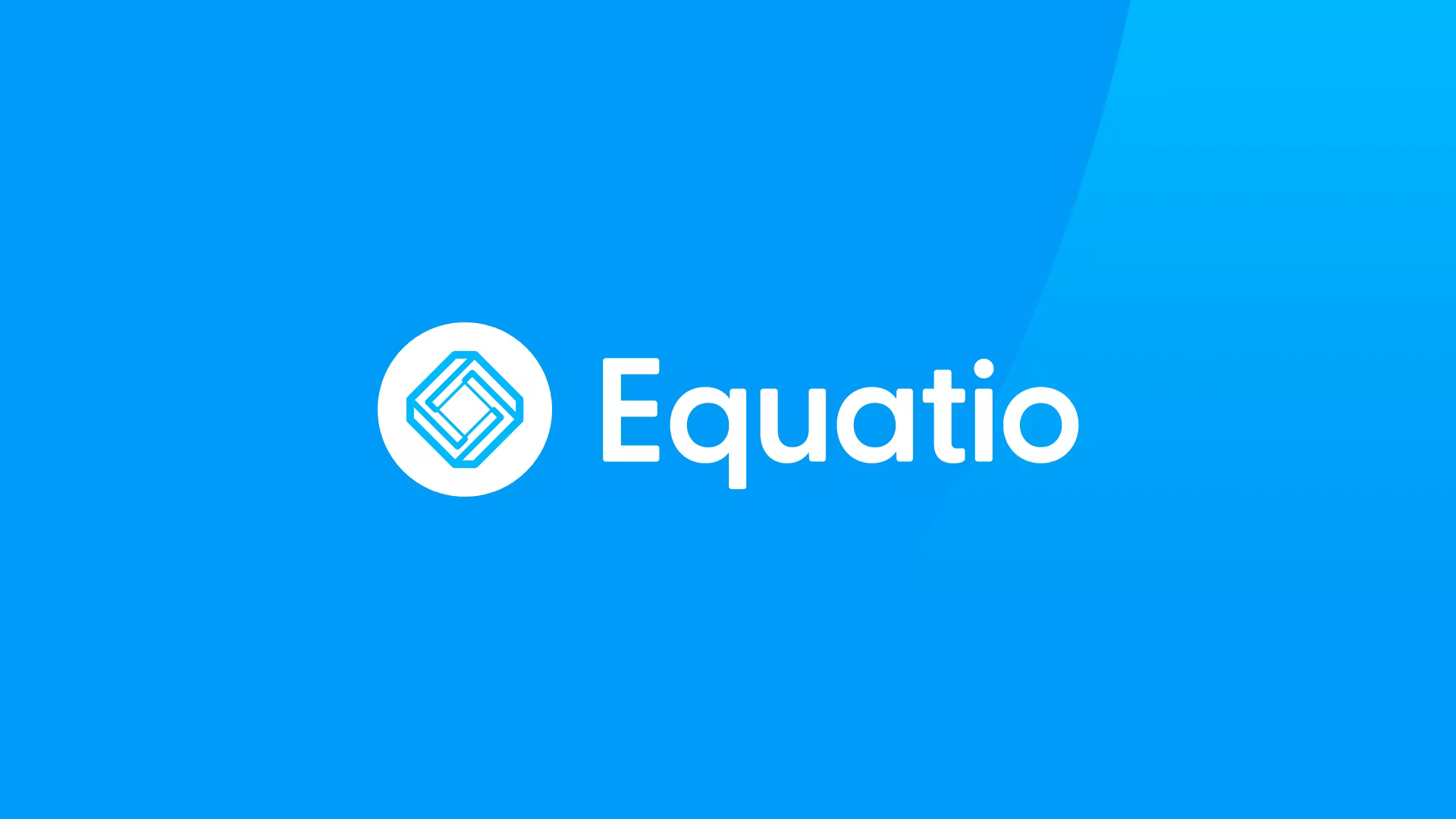4 Ways to Accelerate Student Learning Through This Year and Beyond
To accelerate student learning and move learning forward to reduce learning loss, we first have to assess what is working

As we just marked one year of instruction in the COVID-19 era and educators have now become comfortable teaching in hybrid and remote environments, a new challenge has emerged. Both my colleagues at my school system—where I serve as the Director of Student Support Services—and guests on my podcast, have expressed concern over how to accelerate student learning to prevent learning loss.
While last year many school districts were ill-equipped for remote instruction, educators across the country quickly rallied together to ensure the continuity of learning. Now, many find themselves challenged to ensure that the learning continues accelerating through the end of the school year and beyond, and that students’ academic gains are retained.
Based on conversations with my podcast guests and peers in both my district and neighboring school districts, here are four ways to accomplish this:
1. Fine Tune the Ability to Maximize an LMS
Canvas, Google Classroom, Moodle, and Blackboard have created tremendous LMS platforms that help educators organize and access curriculum, as well as track and monitor student performance. Even before COVID-19, many school districts had some type of LMS that teachers and students utilized for teaching and learning.
However, many had not taken the time to ensure that all teachers had been properly prepared to utilize this technology to its full potential. As we have all just witnessed, it’s essential to be flexible and equipped for different instructional delivery styles in light of changing situations (i.e., remote, hybrid, face-to-face).
To help improve educators’ ability to accelerate student learning, school systems should invest in professional development that helps all teachers learn how to successfully manage these systems that, in turn, can help drive student success. This will not only support student achievement, but will also provide the district maximum return on their edtech investment.
2. Re-Evaluate Your District’s Digital Content
If a school system’s digital content and instructional delivery is perceived to be boring or uninspiring by students, they will let you know by their lack of engagement, low attendance, and misbehavior in the classroom and/or virtual learning environment.
Tools and ideas to transform education. Sign up below.
The best way to inspire student learning is by integrating dynamic digital content into instruction. Let’s face it: Regardless of how you might feel, our students are becoming more tech savvy by the second. Even my two-year-old son has already made the association between Cocomelon and animations associated with the title cover on Netflix.
Let’s meet students where they are. Instead of trying to force them into a traditional box of instruction, use high-quality, standards-aligned content to focus attention on the concepts we are trying to teach. For example, Discovery Education offers engaging content with real-world connections for students. Many of those resources have embedded cross-curricular connections that show students the relationships to larger concepts and help to spark curiosity in the classroom.
3. Incorporate Remote Learning Experiences into Each Course Once Weekly
Our students cannot afford for us to restrict or deny them access to courses they are passionate about because we cannot deliver it. School systems must find innovative ways to teach courses we might not have never considered in a remote and/or hybrid learning format. One of the best ways to slowly make this transition (and build in the capacity to do so) is to incorporate weekly remote learning into all courses.
These remote experiences should not be online assessments or self-guided tutorials. Rather, they should be blocks of high-quality instruction in which the teacher is utilizing an LMS platform to deliver instruction, supported by high-quality digital learning content.
This approach will continue modeling for students the ease with which learning can still occur regardless of the environment. Plus, weekly remote learning experiences also keep educator’s remote teaching skills fresh. Maintaining proficiency in this way will give both teachers and students a chance to test-drive new strategies in a stress-free way.
4. Build Common Language Supporting the Use of Digital Resources
Hidden curriculum consists of the unintended lessons, perspectives, and values that students learn. What makes it differ from the formal curriculum is that its implicit nature is communicated without an official structure.
When we refer to digital content, an LMS, and the corresponding terms associated using these resources, we must ensure that all students understand what the terms and concepts mean. Additionally, we must do the same for our student’s families, and all key stakeholders. While many have become conversant with the language of the hidden curriculum during the pandemic, we must take time to reinforce this language as we move to accelerate student learning. With one common set of vernacular, together we can promote high engagement and understanding of these resources at available.
